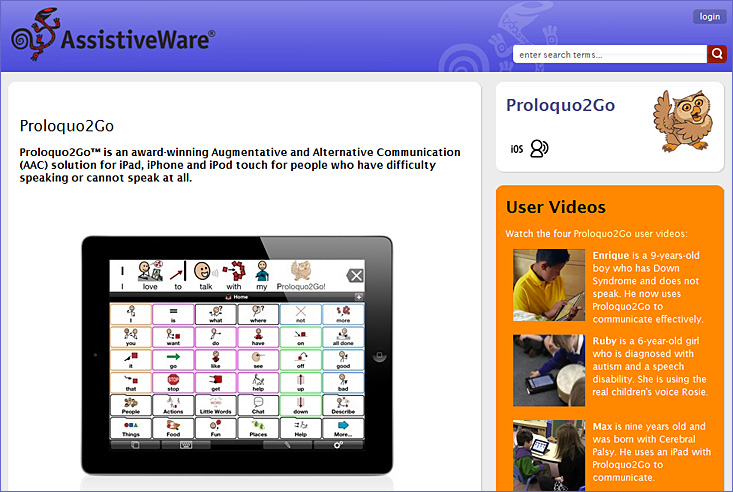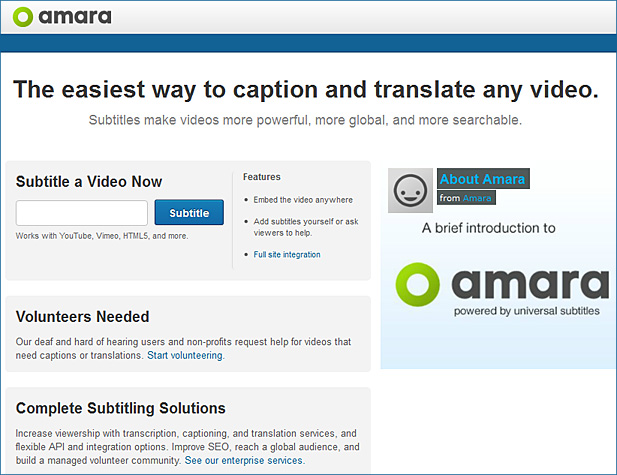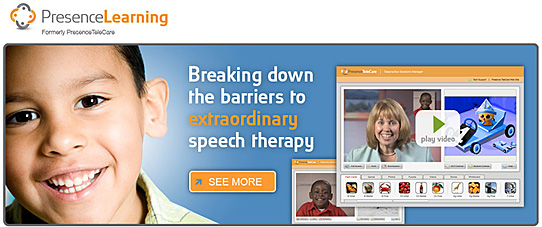Learnetic, a Polish-based eLearning publisher and developer, has just released Lorepo — an online authoring tool dedicated to the creation of interactive digital content compatible with desktop computers, tablet devices and smart phones. Thanks to HTML5 technology and the development of specific design guidelines, the new tool enables authors to create interactive learning objects that are compatible with the wide variety of operating systems, screen resolutions and mouse/touch interfaces in today’s marketplace. Read the rest of the press release here >>

.
Lorepo is provided to you by Learnetic, an eLearning industry leader offering a wide range of products and services for modern education. Lorepo is our key solution for everyone interested in learning, creating and sharing interactive content.
Either you are an individual person willing to share some knowledge with your friends or the whole world, a teacher eager to provide your students with personalized learning resources or a publishing company aiming at preparing professional, multiplatform interactive content, Lorepo is the best choice for you.
.
Also see:

.Learnetic S.A. is a world-leading educational software publisher and e-learning technology provider, based in Poland. Its content, publishing tools and eLearning platforms are widely used by publishers, teachers and students in over 30 countries, including Poland, United States, United Kingdom, Holland, Spain, Portugal, Malaysia, Singapore, Chile, and Australia. The company’s talented team of software engineers specializes in designing applications for education markets and is dedicated to satisfying the diverse needs of contemporary educators and learners.



















